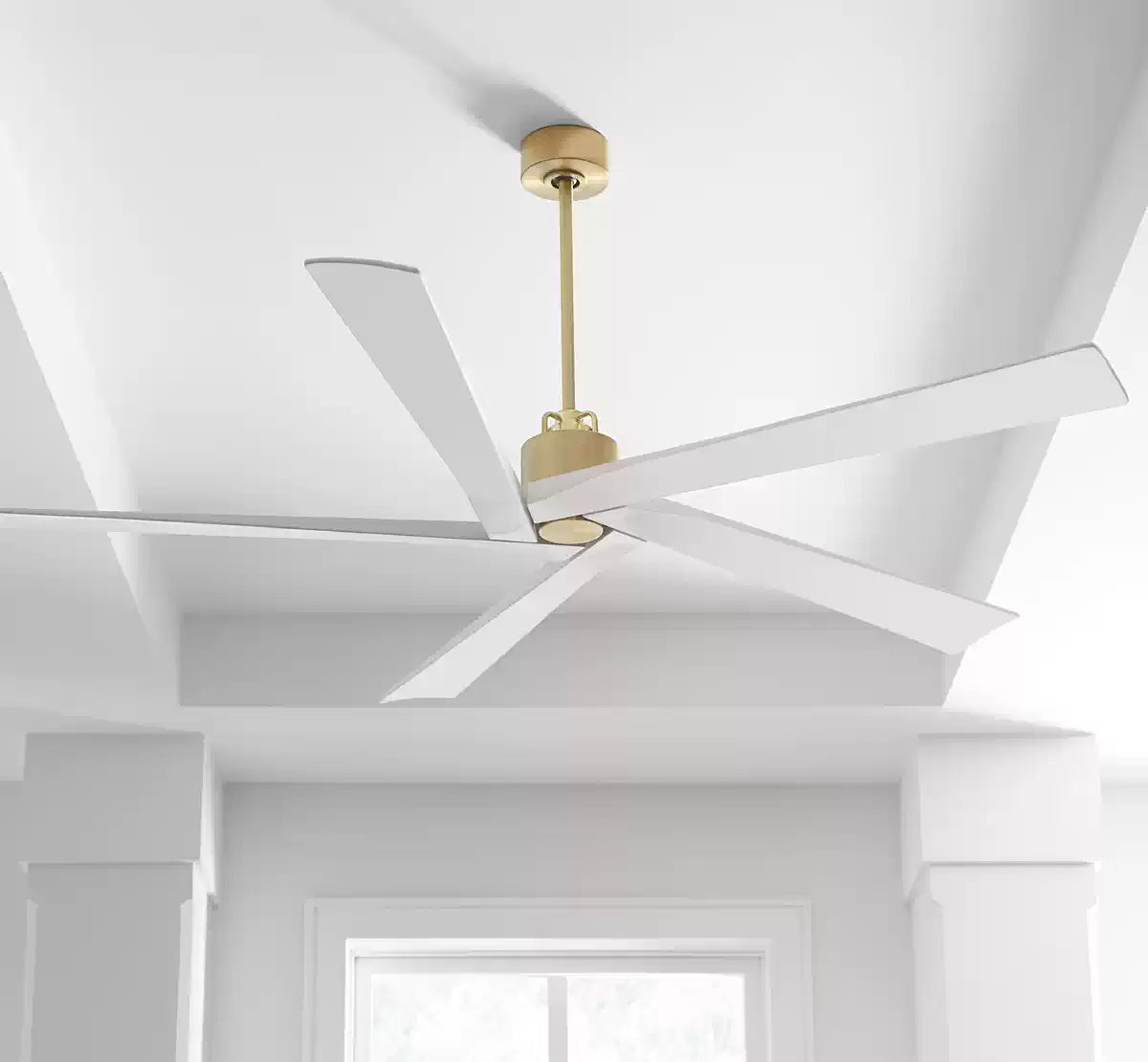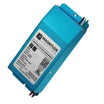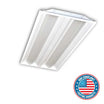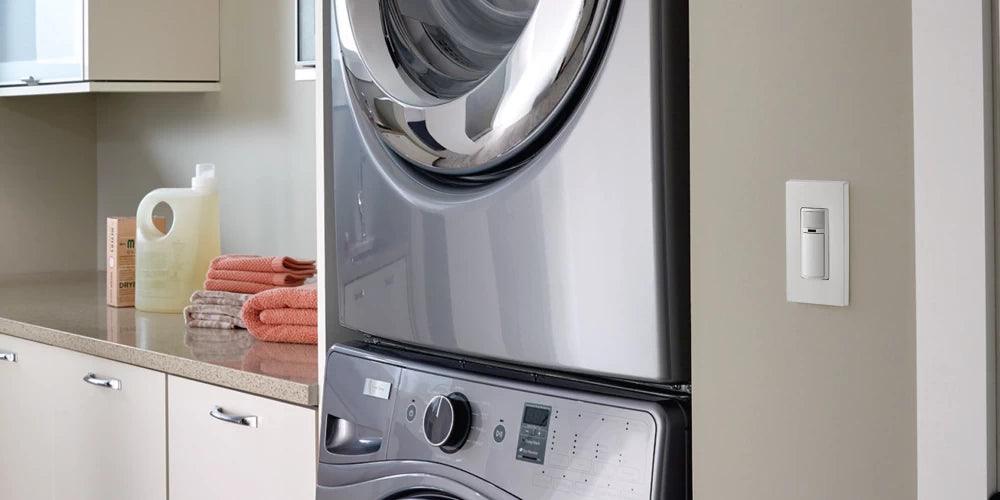In the era of rapid technological advancements, the integration of motion sensor switches in lighting systems represents a significant leap towards energy efficiency and convenience. By leveraging technologies such as passive infrared (PIR) sensors, ultrasonic sensors, and microphonics, motion sensor switches not only offer an automated lighting solution but also contribute to substantial energy savings and enhanced security. Understanding how these devices work and their implications on daily life is essential in appreciating the sophistication behind modern lighting technologies.
Basics of Motion Sensor Light Switches
Motion sensor light switches, also known as motion sensors or motion sensor switches, are devices designed to detect movement within a specific area and automatically activate lighting. These switches are integral in modern home and building automation, providing convenience, safety, and energy efficiency. They operate by detecting changes in heat and movement through various sensor technologies, triggering the lights to turn on when someone enters a space and turning them off once the area is vacated. This automatic control helps eliminate the need for manual light operation, reduces energy consumption, and enhances security by illuminating dark areas when movement is detected.
Types of Motion Sensors Used
Motion sensors utilize two main types of sensors: active and passive.
Active Sensors:
- Ultrasonic Sensors: These sensors emit sound waves that bounce off objects within a room. By measuring the time it takes for the echo to return, these sensors can detect movement in the space. This technology is similar to echolocation used by bats and is particularly effective in complex environments with obstacles.
- Microwave Sensors: Emitting microwave pulses, these sensors also measure the reflection of these waves off moving objects. They cover larger areas compared to infrared sensors but can be prone to interference from objects that disrupt the waves.
Passive Sensors:
- Passive Infrared (PIR) Sensors: The most commonly used type in motion sensor switches, PIR sensors detect the infrared radiation (heat) emitted by humans and animals. These sensors are effective for applications requiring line-of-sight detection but cannot see through objects that block heat emissions.
Shop Passive Infrared Sensors ►
Additionally, some advanced motion sensor light switches employ a combination of both sensor types, known as dual technology sensors. These require both the active and passive sensors to be triggered to turn on the lights, significantly reducing false alarms and improving reliability. Dual technology sensors are ideal for areas with complex layouts or higher security requirements.
Motion sensor switches are typically installed in locations where lights are frequently left on, such as hallways, staircases, and entryways. The choice between occupancy and vacancy sensors depends on the specific needs of the area. Occupancy sensors automatically turn on and off, ideal for high traffic areas, while vacancy sensors require manual activation and are suited for spaces like bedrooms or living rooms where lights need to remain on for longer periods.
How Motion Sensor Switches Work
Motion sensor light switches are sophisticated devices that automate lighting based on detected movement, utilizing various sensor technologies to enhance convenience, safety, and energy efficiency. These sensors are integral components in various settings, adjusting lighting automatically as conditions change. This section explores the workings of Passive Infrared (PIR) Sensors, Ultrasonic Sensors, and Dual Technology Sensors, which are commonly used in motion sensor switches.
Passive Infrared (PIR) Sensors
PIR sensors operate by detecting the infrared radiation emitted by warm bodies, such as humans and animals. When the sensor is idle, both halves of the PIR sensor detect the same amount of infrared radiation, which is the ambient level emitted by the surroundings. As a warm body passes by the sensor, it intercepts one half of the PIR sensor first, creating a positive differential change. This differential is what the sensor detects, triggering the lighting system. The sensor elements are housed in a hermetically sealed metal can to enhance immunity to noise, temperature, and humidity changes. A window made of IR-transmissive material, typically coated silicon, protects the sensing elements while allowing infrared radiation to pass through. The design and material of the lens, often a Fresnel lens, play a crucial role in determining the sensor's range and sensitivity.
Ultrasonic Sensors
Ultrasonic sensors work by emitting high-frequency sound waves and measuring the echo that bounces back from objects. This method allows the sensors to detect movement in an environment by observing changes in the echo pattern. Unlike PIR sensors, ultrasonic sensors do not rely on the heat emitted by objects but rather on the disruption of sound waves caused by movement. This makes them effective in areas where line-of-sight detection might be obstructed. However, they can be prone to false activations due to non-human movements, such as air currents or other environmental noises. To minimize false triggers, sensitivity adjustments are often necessary, and the installation location should be carefully considered to avoid interference.
Dual Technology Sensors
Dual technology sensors combine the features of both PIR and ultrasonic sensors to reduce false alarms and enhance detection accuracy. These sensors require both the heat signature and motion detection to trigger the lighting system, making them highly reliable in environments with variable conditions. For example, in areas where sunlight or other sources might cause rapid changes in infrared energy, the addition of microwave technology helps in maintaining stability by not triggering the alarm unless both sensor technologies detect an intruder. This bi-volumetric approach ensures that the sensors provide consistent performance across a wide range of environmental conditions, including strong sunlight and other potential disturbances.
By incorporating these technologies, motion sensor light switches can effectively manage lighting systems, providing energy efficiency and enhanced security. Each technology offers unique benefits and is suited for different applications, making the choice of sensor crucial depending on the specific requirements of the installation area.
Benefits of Using Motion Sensor Light Switches
Cost Savings
Motion sensors significantly reduce electricity consumption by ensuring that lights are only active when necessary. This automation helps eliminate the common issue of lights being left on, which can be costly over time. For instance, if a single 60-watt bulb operates for 8 hours a day at $0.10/kWh, it costs approximately $17.52 annually. By reducing this usage by 35-45%, and potentially up to 75%, the costs can drop to as low as $6.13 per year for one bulb. This reduction extends across various settings, from homes to universities, where Clarkson University, for example, reported a 22% decrease in energy consumption by implementing motion sensor lighting, equating to substantial monetary savings.
Convenience and Safety
The convenience of motion sensors enhances everyday life by automating lighting control, which is particularly beneficial in frequently used spaces. Users do not have to physically turn lights on or off, making it ideal for situations where one's hands are full, such as entering a home with groceries. Safety is another significant benefit, as these switches can illuminate dark staircases or hallways as soon as movement is detected, reducing the risk of accidents. Additionally, in terms of security, the presence of motion-triggered lights can deter potential intruders, adding a layer of protection to a property without the need for expensive security systems.
Shop Outdoor Motion Sensor Lights ►
Impact on Sustainability
Adopting motion sensor light switches aligns with global efforts to reduce carbon emissions. By decreasing the amount of electricity used, these switches contribute to lower CO2 emissions, as less fossil fuel is burned for power generation. This small change in a household’s lighting setup can collectively lead to a significant environmental impact when implemented widely across residential, commercial, and educational sectors. Furthermore, the technology's improved efficiency means that motion sensor switches not only conserve energy but also promote a sustainable lifestyle, making them a responsible choice for eco-conscious individuals and organizations.






























































































Leave a comment
All comments are moderated before being published.
This site is protected by hCaptcha and the hCaptcha Privacy Policy and Terms of Service apply.